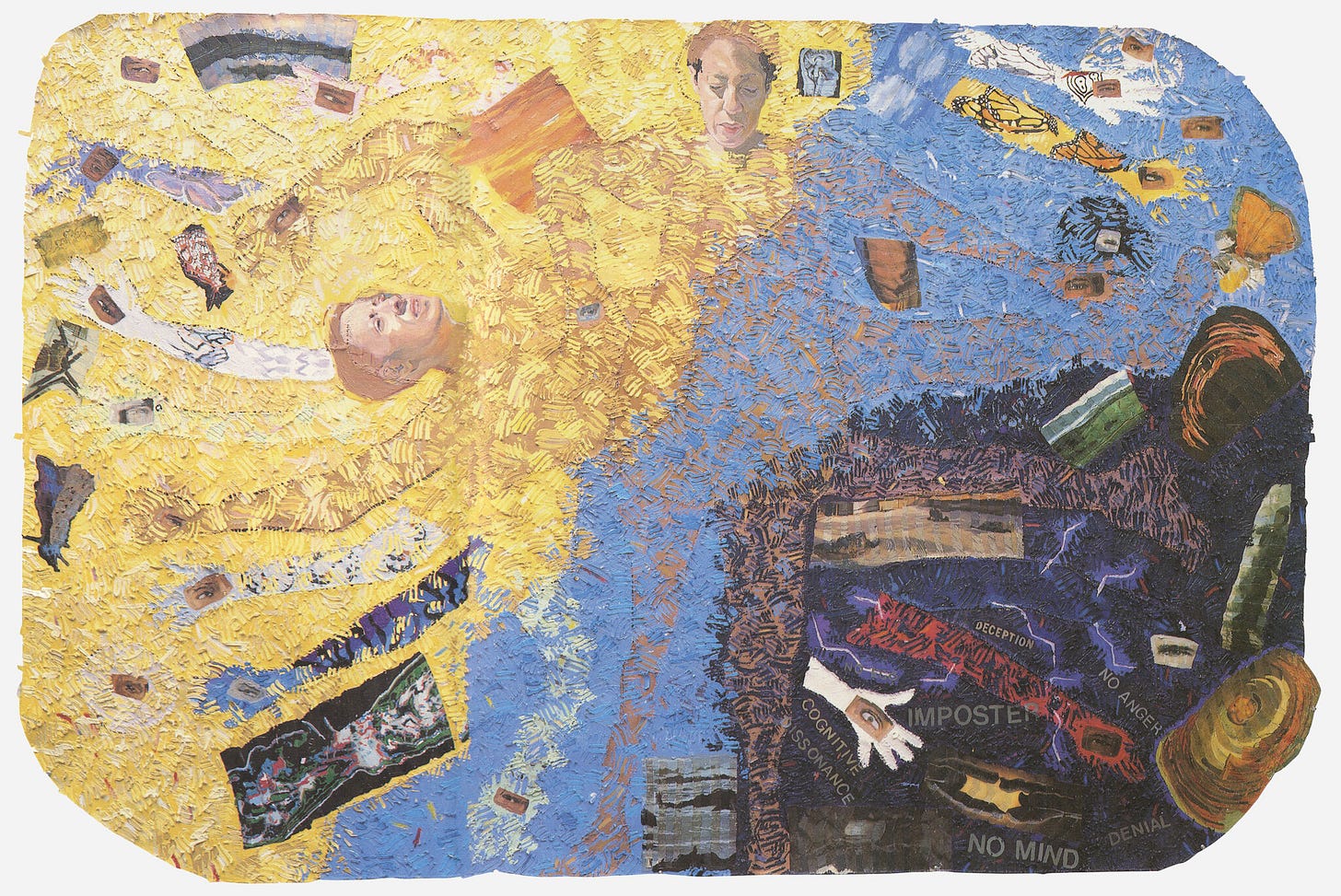BUILDING OUR STORIES THROUGH RELATIONAL FRAMES
The reason I had trouble figuring this simple problem out was that I kept coming at it as the writer, but it’s not really a problem that reveals itself at the writer level.
I’ve talked before about protagonist characters signifying, cohering, shining through their relationships. Characters, in my homebrew, make sense to readers not through the word-energy spent in their descriptions, but in enmeshing them in the correct number of convincing relationships.
In the type of novel that I’m serializing here we are often introduced to a protagonist within their base relational frame — what we might call their home frame. In Harry Potter and the Sorcerer’s Stone, for example, we are introduced to our hero Harry through his abusive extended family, the Dursleys. The character of Harry is a character not because he’s Harry, but because he’s Harry in the context of the Dursleys. His home frame is what helps to introduce him as a character and plant him in our readerly minds. In The Lord of the Rings we are introduced to Frodo through his family and neighbors and, of course, Gandalf. In The Hunger Games, Katniss’s sister, her leg-boyfriend Gale, her out-of-it mother and her ornery cat function as her home frame. There are novels that prefer the cold start and throw their characters right into the action without dramatizing a home frame, preferring only to allude to it: Octavia Butler’s Dawn, Stephen King’s ‘Salem’s Lot and Sarah J. Maas’s Throne of Glass come immediately to mind. In these cases what you get with the in media res you pay for with a protagonist who begins the tale narratively attenuated — an attenuation that fortunately can be compensated for as the story develops.
(Though it could be argued in the case of Ben Mears that he does begin the novel with a home frame and that’s the Marsten House itself.)
In stories that start their protagonist within a home frame, we almost always know the adventure is really kicking off when another relational frame is introduced —


